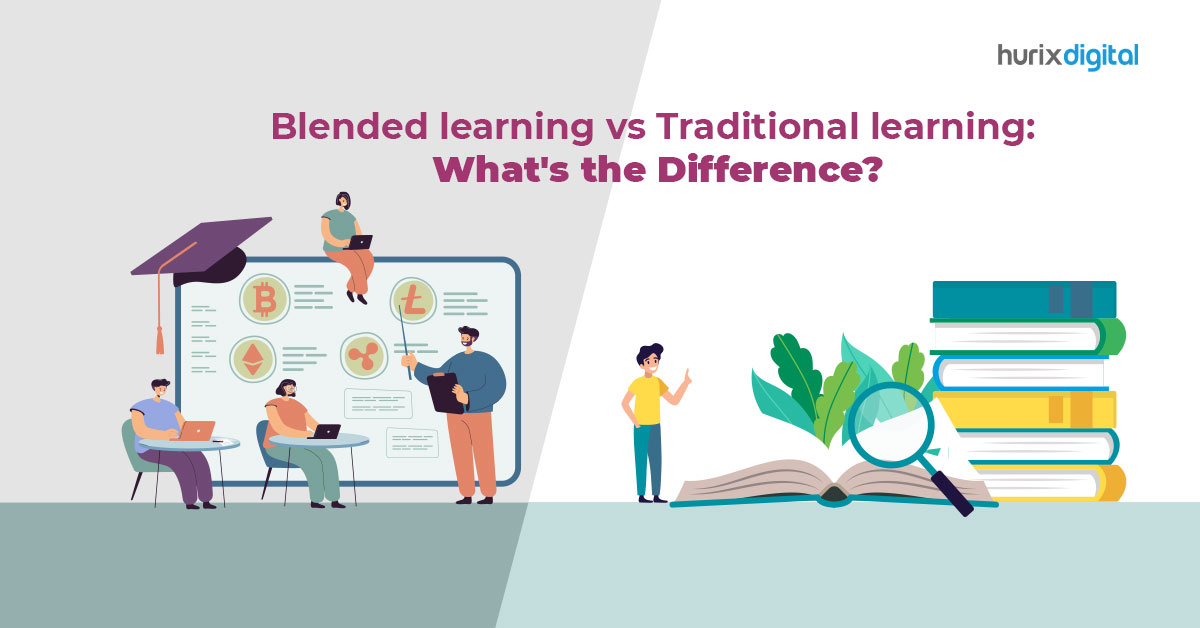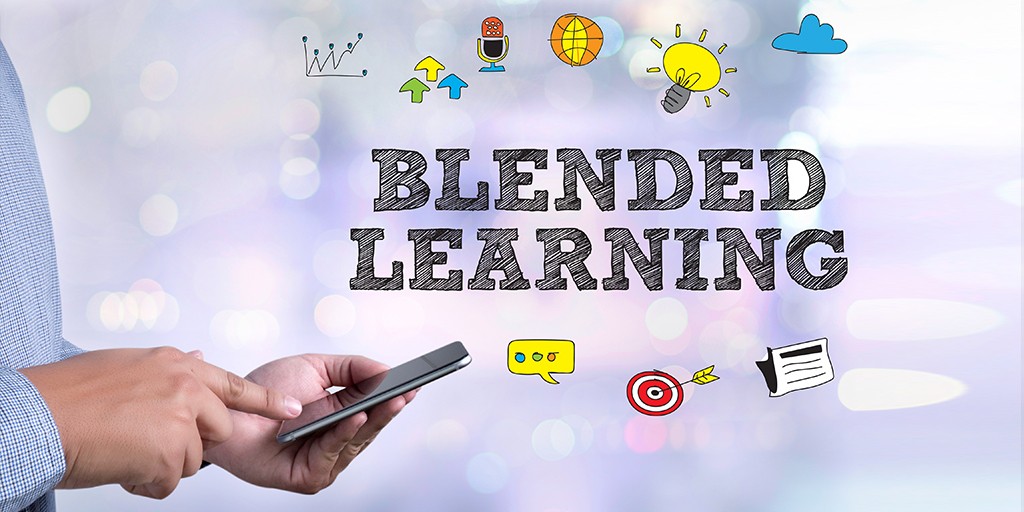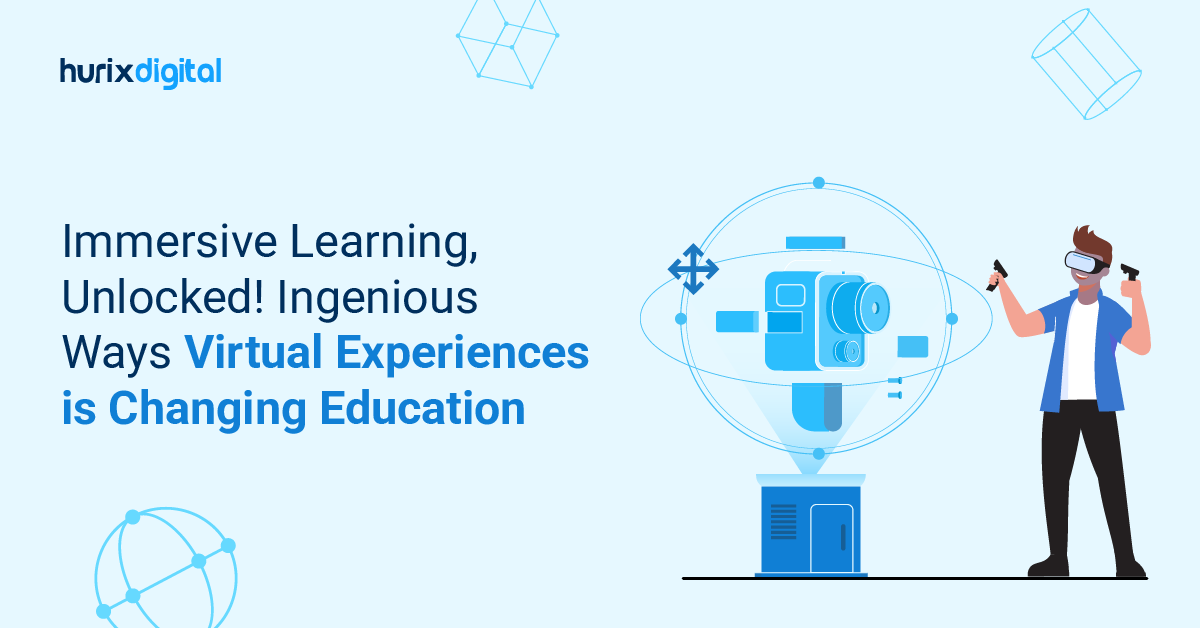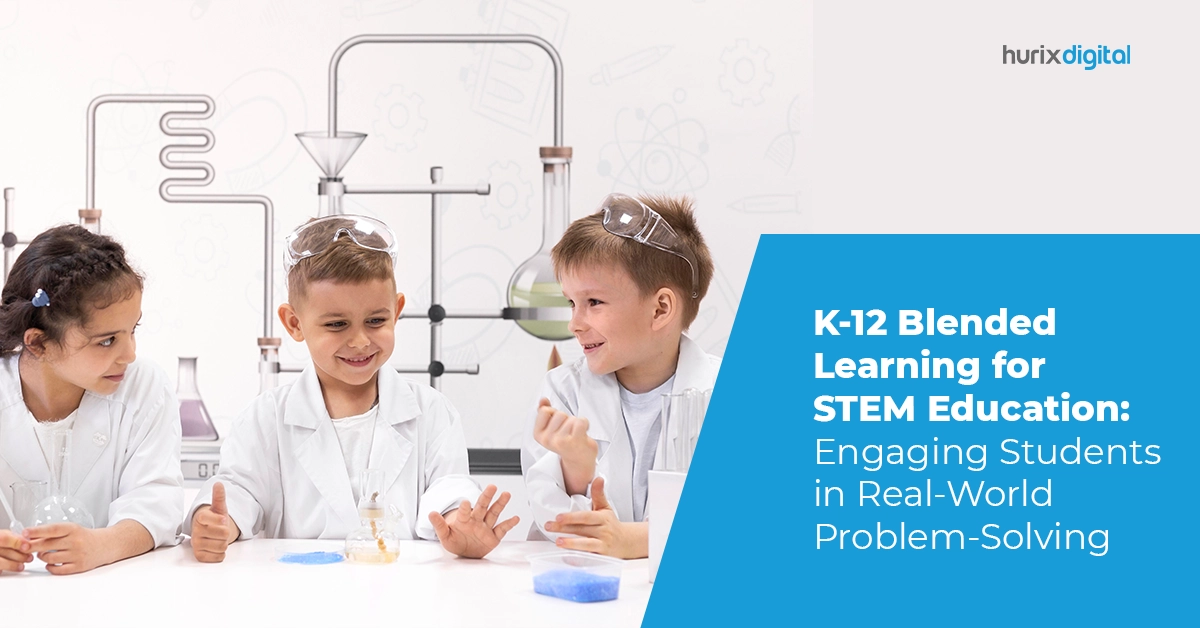
Blended learning vs Traditional learning: What’s the Difference?
Summary
Uncover the distinctions between blended learning vs. traditional learning in our insightful blog. Delve into the unique features of each approach, from online components to in-person interactions. Gain a deeper understanding of how blended learning revolutionizes education, while traditional methods retain their value. Explore the future of learning methodologies today!
In the post-pandemic era, a mixed approach to schooling has emerged as the new standard. The landscape of education is rapidly evolving.
Education has seen a significant transformation in the last few years as a result of the 21st century’s technological advancements, the widespread adoption of digital technology in our educational ecosystem, and easy access to the internet.
The way that knowledge was previously taught to students has been fundamentally revolutionized through blended learning. Blended learning accelerates, simplifies, and expedites learning in contrast to the conventional method of teaching using a chalkboard.
60% of educators say that blended learning enhances students’ academic performance. Despite such advancements in learning, the debate of blended learning vs. traditional learning stays on.
This article is going to settle this debate by discussing both topics extensively.
Table of Contents:
- What is Blended Learning?
- Blended Learning Vs. Traditional Learning: Which One Is Better?
1. Effectiveness and Flexibility
2. Motivation
3. Personalized Education
4. Cost Efficiency - Four Ways You Can Incorporate Blended Learning in the Classroom
1. Utilize The Tools You Have
2. Switch On The Smartphones
3. Assign Interesting Homework
4. Give Collaborative Learning a Fair Shot - To Conclude
What is Blended Learning?
As the name suggests, blended learning is a mixture of virtual and traditional methods of learning.
Virtual learning, or eLearning, allows students to complete their work at their own pace and in their own time. In contrast, traditional classroom learning takes place in a dedicated space with the student and teacher present.
Blended learning merges the two and creates a strategy that benefits both the learners and the educators.
With blended learning, the emphasis is more on how teachers instruct their students, including the resources they employ and how they incorporate them into their lesson plans, as opposed to the situation or scenario. It enables learners to gain knowledge independently and in their own time. ‘
Furthermore, it provides instant feedback through evaluations and knowledge checks. Learners can easily assess the information they require at any time and location.
It also offers content standardization and enables adaptive learning.
The blended learning method, just like the other learning methods, is utilized to achieve learning goals. This makes the impossible possible by offering functionalities that enable learning in ways that are hard to pull off in traditional classrooms.
Blended learning allows learners to understand what style of learning works best for them; it makes learning a fun experience for all kinds of learners with its interactive elements.
Blended Learning Vs. Traditional Learning: Which One Is Better?
In the battle between traditional and blended modes of learning, the blended mode has acquired a lot of points so far for obvious reasons.
Blended learning is the perfect mix between traditional learning and eLearning and ensures that nothing comes in the way of a smooth learning experience for learners.
Here are more aspects that will settle the debate of ‘Blended Learning vs. Traditional Learning’ for you.
1. Effectiveness and Flexibility
Traditional learning follows the old ways of educating students, which are not always effective for the entire classroom because not all students learn at the same pace.
It’s hard for educators to keep track of the progress of every student in their classroom.
These issues don’t exist in blended learning; its curriculum is well-crafted and flexible for all kinds of students so that they can learn in their own space without any pressure.
As a result, learners make the most of their learning sessions and understand the concepts in depth.
2. Motivation
Unlike traditional learning, blended learning provides instant feedback to learners regarding their progress.
This gives the learners sufficient time to work on the problematic areas and motivates them to push beyond their limits.
3. Personalized Education
Not all learners have the same learning style and pace, and it’s hard for conventional learning methods to take good care of them all.
In blended learning, all kinds of learners get equal attention. The belief that there cannot be a training experience that syncs with the requirements of different students is strongly refuted by blended learning.
Moreover, while focusing on the study session, students can freely ask questions to the educators directly. When students do not feel pressurized by their teachers to perform well in every task they undertake in class, they give it their all.
4. Cost Efficiency
Blended learning allows for significant financial savings for organizations. It eliminates the need for travel expenses while also allowing employees to continue with their regular work schedules, unlike traditional learning.
Students can learn everything their online tutor is teaching while sitting comfortably at their workstations.
Also Read – How to Deliver Blended Learning Courses Effectively
Four Ways You Can Incorporate Blended Learning in the Classroom
Gone are the days when the concept of ‘one-size-fits-all’ was prevalent in the education sector. Educators nowadays focus heavily on making concepts clear to learners by incorporating blended learning methods, even inside traditional classrooms.
Here are four strategies you can follow to carry out study sessions effortlessly.
1. Utilize The Tools You Have
You don’t need to spend a fortune on eLearning materials on day one; for starters, work with what you have, and the rest will fall into place. Try out new teaching techniques and find short videos related to your topic on the web.
Such small changes will make a big difference in the long run, and you will see the outcome in the student’s performance afterward.
2. Switch On The Smartphones
If your traditional classroom has an anti-cell phone policy, it’s time to change that. If you use them wisely, you can easily eliminate distractions and make learning a fun activity.
You will see an increased amount of engagement from the majority of students present in class this way.
To take this further, you can ask your students to post tweets using their Twitter accounts based on the topics you have discussed in your class. Such activities will make them concentrate actively throughout to come up with the best results.
3. Assign Interesting Homework
With the right actions, you can also make doing homework a fun activity for students. Start by assigning videos to watch at home or creating an online question set for them to solve before the next class.
In the next class, don’t forget to discuss the homework you’ve assigned. The students will be even more eager to get their work done if you stay consistent with your lesson plan.
4. Give Collaborative Learning a Fair Shot
Collaboration is a crucial life skill. Corporate teams and employees in other industries regularly collaborate to get work done, making them complete tasks more quickly and efficiently.
To become successful in their careers, students must learn to participate actively in groups. This skill can be taught in class with the help of collaborative learning strategies.
Assign projects, homework assignments, etc., that require students to research the topic online.
To Conclude
It’s safe to say that blended learning takes the crown in the blended learning vs. traditional learning debate for countless reasons. Blended learning is indeed the future of education, and for the overall benefit of the learners, it’s high time to incorporate it in classrooms if you haven’t already.
Are you interested in the benefits of blended learning and ready to implement it in your organization? HurixDigital is here to help! Contact the experts and get proper assistance to meet all your learning requirements.
Related Article – What are the Best Blended Learning Examples for 2023?

Senior Vice President
A Business Development professional with >20 years of experience with strong capability to sell new solutions and develop new markets from scratch. New Market Entry Specialist with experience working in the largest emerging markets. Exceptional experience in conceptualizing, ideating and selling new learning technologies like VR AR, etc. across multiple industry verticals.








